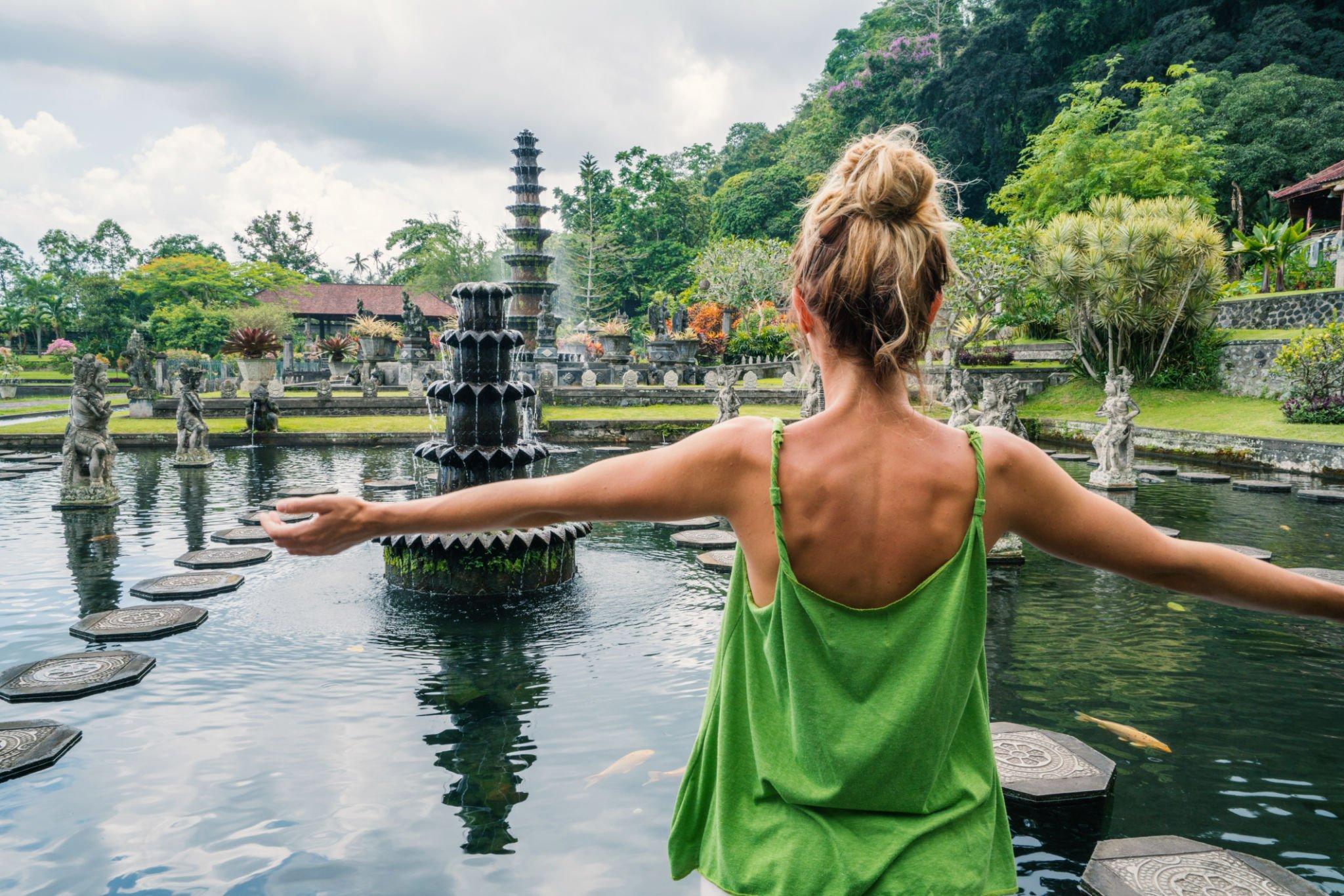
Unlocking Bali’s Past: Exploring Historical Sites
Bali, known for its stunning beaches and vibrant culture, is also a repository of rich historical heritage. Bali Historical Sites take visitors on a captivating journey through time, unraveling tales of ancient kingdoms, intricate architecture, and cultural evolution.
Royal Marvels: Bali’s Ancient Palaces
Bali’s historical narrative is intricately tied to its ancient palaces, which served as the seats of power for the island’s royalty. Explore the majestic Taman Ayun Temple, a UNESCO World Heritage site known for its beautifully landscaped gardens and traditional Balinese architecture. These palaces offer a glimpse into the opulent lifestyle of Bali’s rulers.
Sacred Temples: Spiritual Icons of the Past
Bali’s landscape is adorned with temples that stand as silent witnesses to the island’s spiritual history. Among them, the Besakih Temple, known as Bali’s Mother Temple, holds immense significance. Nestled on the majestic Mount Agung, it’s a pilgrimage site and a testament to the island’s enduring religious traditions.
Echoes of Empires: Historical Relics
Delve into Bali’s historical relics, remnants of empires that once thrived on the island. Goa Gajah, or the Elephant Cave, is an archaeological site dating back to the 9th century. With its intricate carvings and ancient bathing pools, it offers a fascinating glimpse into Bali’s past as a center of trade and culture.
Colonial Influences: Dutch Legacy in Bali
Bali’s history also bears the marks of colonial influences, primarily from the Dutch. The Klungkung Palace, with its Kerta Gosa Pavilion, reflects this period. The ceiling of the pavilion is adorned with detailed paintings depicting traditional Balinese justice and Dutch colonial rule.
Historical Enclaves: Ubud’s Cultural Heart
Ubud, Bali’s cultural heart, is a treasure trove of historical sites. The Ubud Royal Palace, dating back to the late 1800s, stands as a symbol of the town’s cultural heritage. Nearby, the Saraswati Temple, dedicated to the goddess of knowledge, is a serene oasis surrounded by lotus ponds.
Preserving the Past: Bali Museum
The Bali Museum in Denpasar is a cultural repository preserving the island’s diverse heritage. Divided into four main buildings, the museum showcases artifacts, traditional costumes, and historical objects, providing a comprehensive overview of Bali’s cultural evolution.
Exploring Bali’s Historical Sites: A Guided Journey
To embark on a guided exploration of Bali Historical Sites, visit tiny-planes.com. This platform offers valuable insights, recommendations, and curated tours, ensuring an enriching historical journey through Bali’s captivating landmarks.
Cultural Revival: Traditional Performing Arts
Bali’s historical sites are not just relics; they are living testimonies to the island’s cultural revival. Many historical venues host traditional performing arts events, such as dance and gamelan music. Experiencing these performances adds a dynamic layer to the exploration of Bali’s historical richness.
Balinese Heritage Walk: Immersive Cultural Experience
For a more immersive experience, consider taking a Balinese Heritage Walk. These guided tours lead you through historical neighborhoods, providing context to the architectural gems and cultural landmarks that dot the landscape. It’s an opportunity to engage with locals and gain a deeper understanding of Bali’s historical tapestry.
Conclusion: Bali Historical Sites – Bridges to the Past
In conclusion, Bali Historical Sites serve as bridges connecting the present to the island’s rich and diverse past. As you explore the ancient palaces, temples, and relics, you’re not just witnessing history; you’re participating in a narrative that has shaped Bali into the cultural gem it is today.
